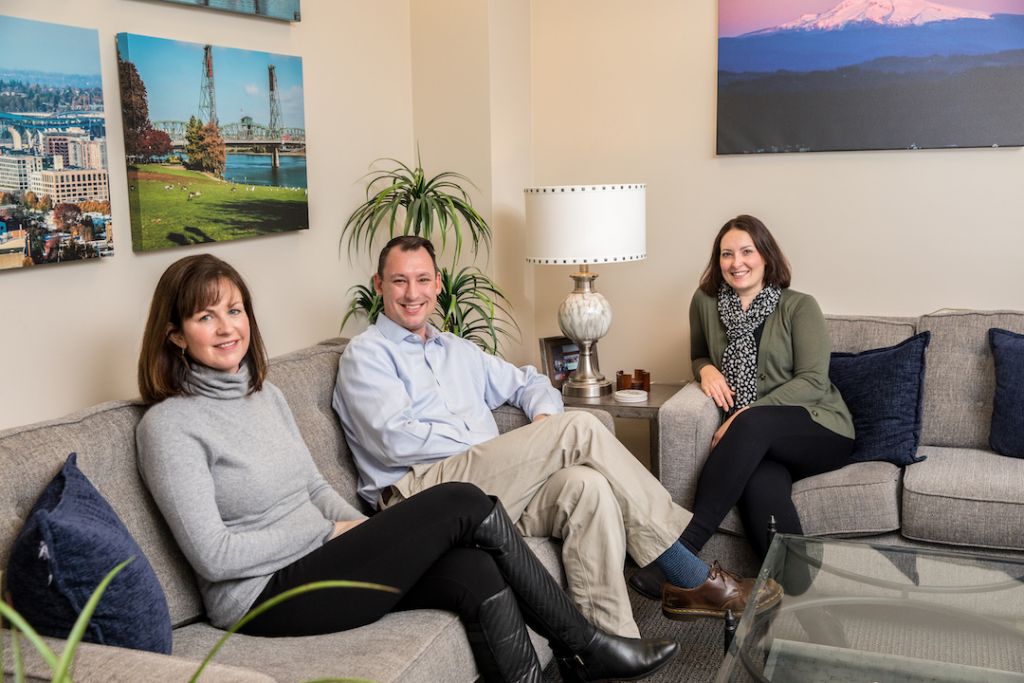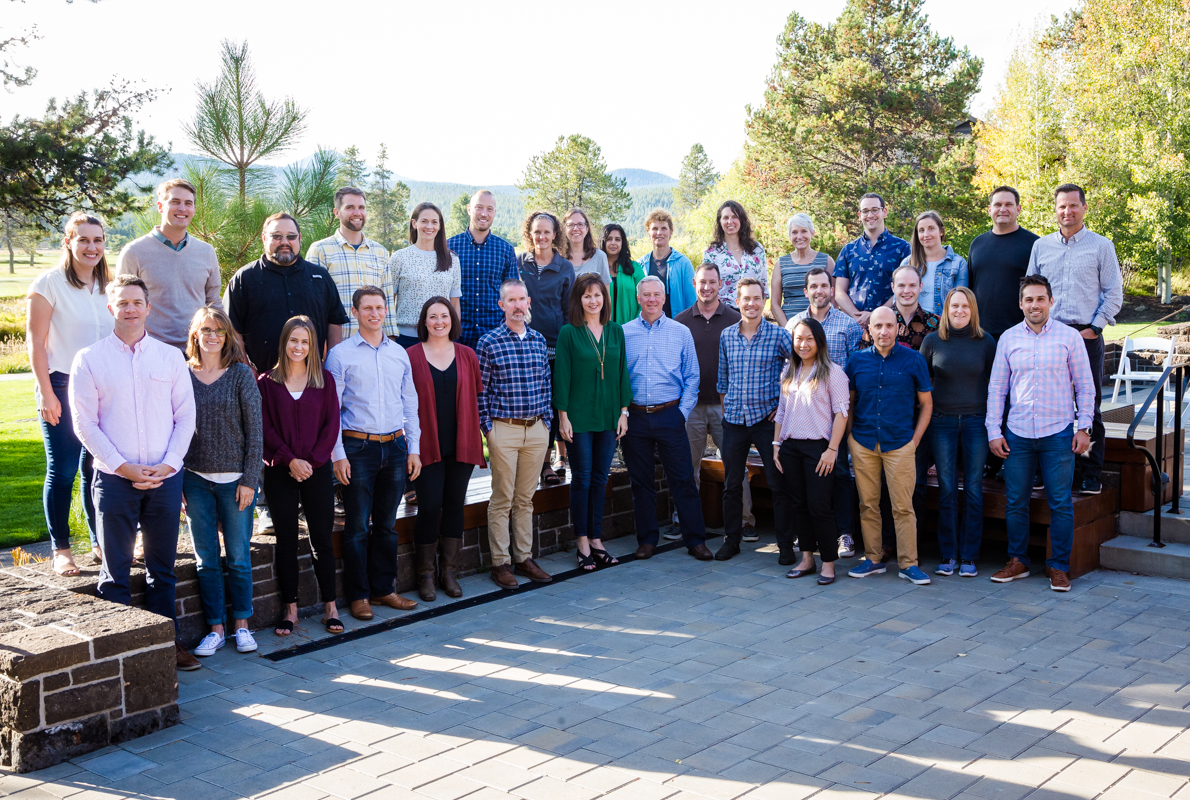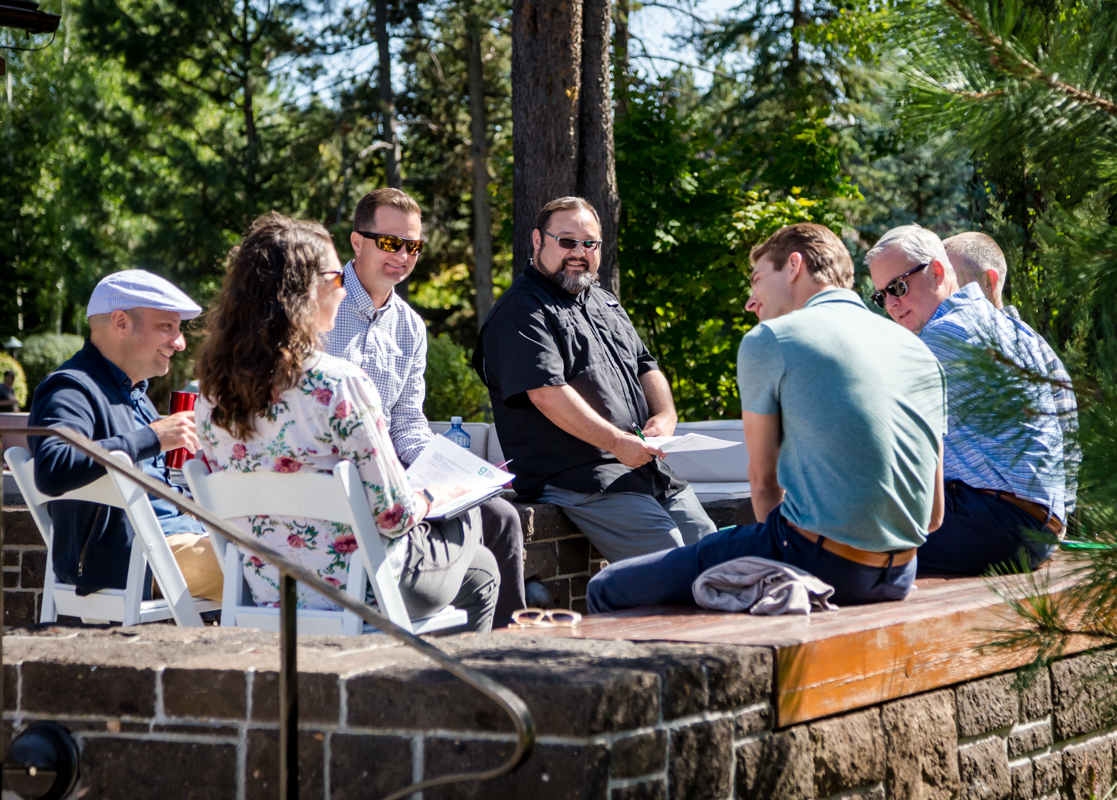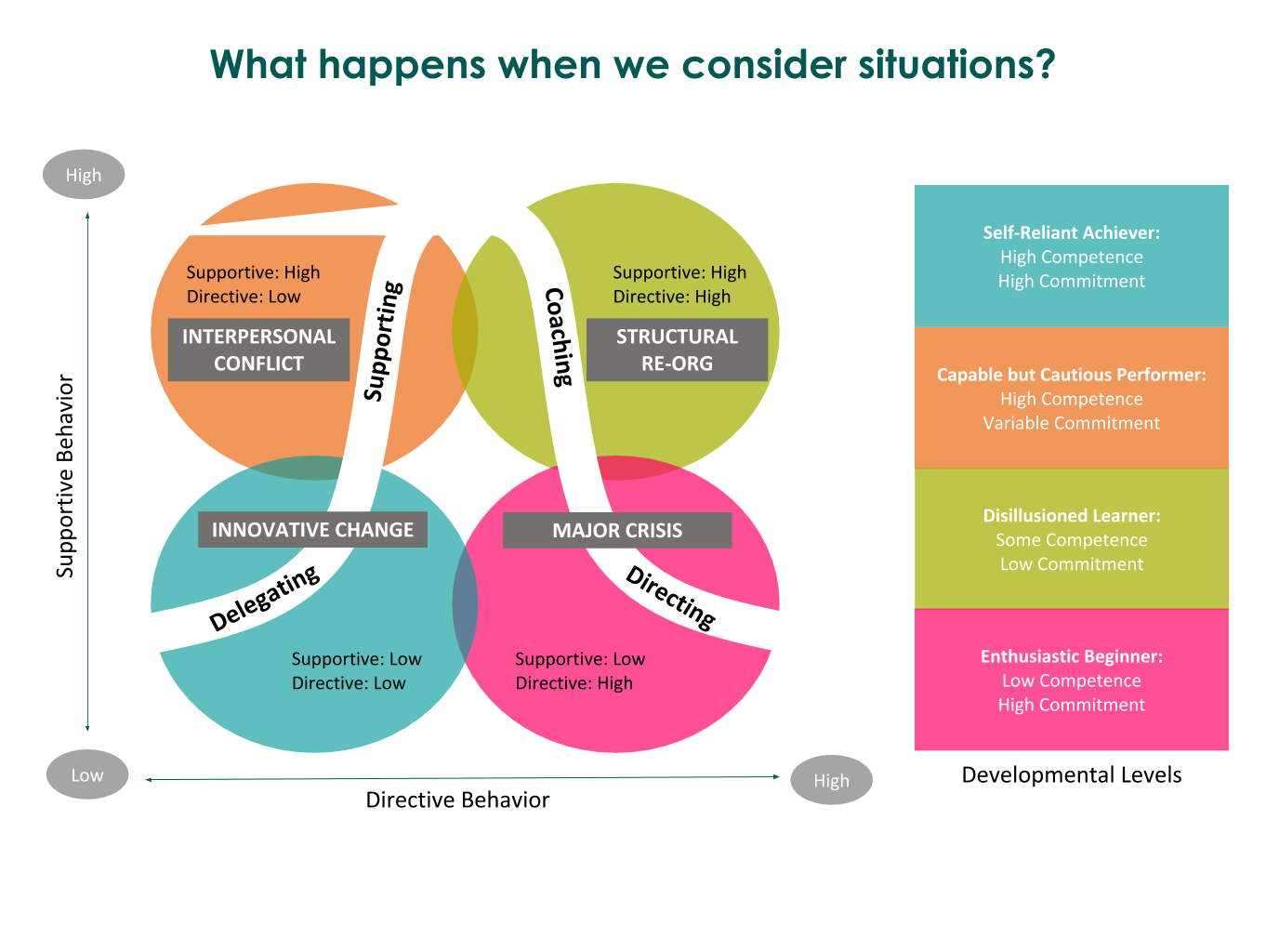As a global community, we have entered unprecedented and challenging times with major social, governmental, and economic disruptions stemming from COVID-19. Significant concerns around our health and the health of our loved ones and friends, economic dislocation and uncertainty, and the future are on all of our minds. What is certain, however, is that we are all facing this crisis together, and the immediate impacts are real and rapidly evolving.
Tag Archives: Nevada
TGG STORY PUBLISHED IN OREGON BUSINESS MAGAZINE
Along with being named the #4 Best Company to Work For in Oregon (medium business category), Oregon Business published an article highlighting The Gunter Group’s brand story.
TGG RELEASES NEW COMPANY VIDEO
As part of our recognition as one of the nation’s Best Small Firms to Work For by Consulting Magazine, we put together this short video summarizing our unique, “listen first” approach and showcasing some of the people and values that make The Gunter Group such a rewarding place to work.
CAREERS IN CONSULTING: A RECAP
Last week, The Gunter Group joined a panel of management consultants to speak to a group of Portland State University business students. We owe much of our success to the encouragement of mentors over the years, so we welcome any chance to pay it forward. The future business leaders and problem solvers we met at PSU represented an impressive and thoughtful group of engaged and motivated students. For those unable to attend, we wanted to capture some of the themes and advice from the panel and invite ongoing discussion with anyone considering a career in consulting.
CELEBRATING OUR VETERANS
Veteran’s Day at The Gunter Group is pretty special. You see, 16% of our current employees are veterans so odds are good we have a front row seat for the incredible skills and experience they bring to their work as management consultants. When we say, “Thank you for your service,” to our friends and colleagues, we could just as easily be referencing their most recent success with a client or how they stepped up to lend a hand with our last project.
THE WORLD NEEDS GOOD CHANGE MANAGERS
Change management is the study of human behavior. Human beings hate change, yet change is unavoidable. As professionals in change management, we bring a people-centered approach to our work. This is undeniably good for business, as evidenced by a flourishing market of change management consultants and frameworks.
THE ADVENTURES OF A GENERALIST
At TGG, we’re generalists. Our consultants come from different backgrounds: some come from healthcare or finance, others come straight from the military or academia. Every consultant at TGG has a unique background, and we bring these backgrounds to our work, no matter the client or industry.
OUR NON-NEGOTIABLES: EMOTIONAL INTELLIGENCE
At the Gunter Group, we consider emotional intelligence essential for understanding and solving complex problems. In short, emotional intelligence is the ability to understand and manage emotions in yourself and others. For us, it’s about more than accurately reading and adapting to social cues, although this is an important part of EQ. It’s pulling from the depths of our intelligence, experience, and heart to show up fully for ourselves, each other, and our clients. It’s an approach that not only feels great but gets the best possible results.
SITUATIONAL LEADERSHIP
Our understanding of leadership must continually evolve to remain relevant and impactful in today’s business climate. One method of leadership that develops an ability to meet the ever-changing needs of an organization and its employees is called Situational Leadership.








